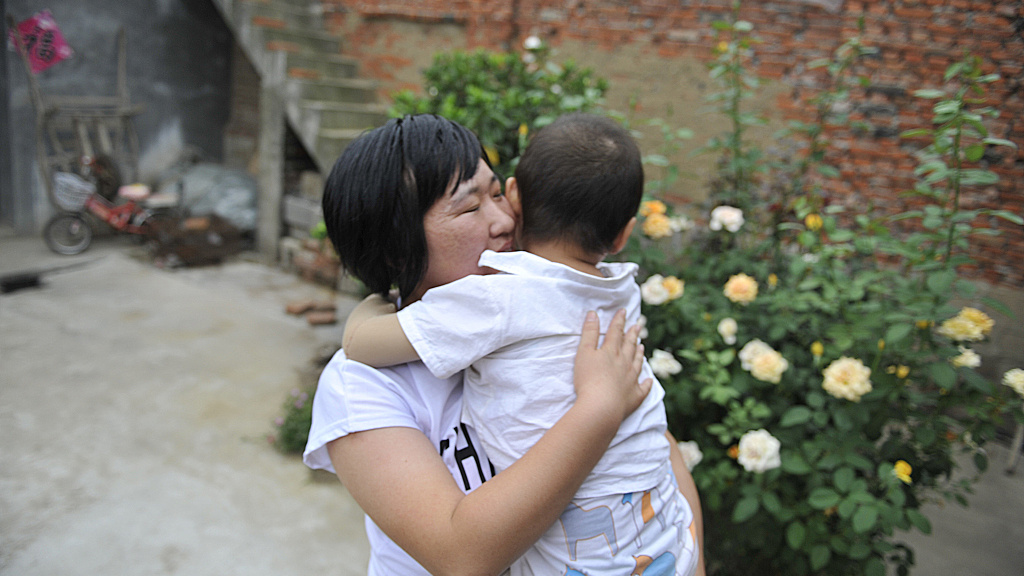
Health
10:43, 06-Mar-2019
U.S., China and Singapore join forces to combat childhood cancer
By Derek Cai
03:03

Cancer is an ugly disease. Even more so if you're diagnosed young and are incapable of understanding why your own body has betrayed you.
That was what happened to 12-year-old Joshua Koh. At age six, he was diagnosed with leukemia. His parents chose not to keep that information from him, nor did they sugarcoat the news.
"He sort of understood, in a way. He could see that we were very sad, so he knew it must have been something horrible," said Koh's mother, Jacqueline Chek.
At first, Joshua didn't want to accept the news or receive treatment. He asked his mother why the disease chose him, but his mother could not give him an answer. In the end, however, he decided to fight the disease.
"He told me he doesn't want to die. That was the main thing. He wanted to be treated and get well," said Chek, who said the decision wasn't an easy one for the family.
"But every time I gave him his chemotherapy medication, I felt like I was giving him poison. I didn't know if I was doing there right thing or not," she added.
Today, however, Joshua is a healthier young man. Although he is in remission, the years of chemotherapy and steroid medications had weakened his body. He is currently receiving treatments for osteoporosis. The road to full recovery may be long, but Joshua said he plans to stick to the path.
His tale is just one of the many in the region. But the United States, China, and Singapore are joining hands to try to fight that disease.
VIVA Foundation Singapore announced on Saturday that a collaboration between health organizations in the United States, China, and Singapore. This cross-border alliance seeks to ramp up cure rates in childhood cancer in Asia.
Although Asia ranks the lowest globally in overall cancer rates, the mortality rate for patients is higher than any other region, according to research conducted in 2016 by the University of Malaya. Cancer patients in poorer regions are less likely to survive than in richer areas due to lack of resources for screening and treatment, the research said.
The rate can be even higher with children who have the disease. Some doctors also estimate that 50 percent of childhood cancer in Asia goes undiagnosed, especially in less developed areas.
Good outcomes in childhood cancers only happen in well-developed countries, according to Dr. Anselm Lee, who specializes in pediatric medicine.
"In the United States, more than 80 percent of leukemia children can be cured, but in developing countries, the cure rate is less than 20 percent even though the doctors are using the same medicine," Lee told CGTN.
"On a whole, 75 percent of childhood cancer patients living in the U.S. and Singapore can survive long-term. However, in developing countries, childhood cancer survivors are rare," added Lee, who was a council member of the Hong Kong pediatric hematology and oncology study group and the Children's Cancer and Leukaemia Group.
The cooperation between the hospitals in the three countries will work together in joint research projects and will seek to transplant the success achieved in the United States, Singapore, and China across the whole of Asia by supporting, developing, and delivering the training and education of healthcare professionals.
Institutions in Singapore and Shanghai will double up as training centers for any healthcare professionals involved with care, treatment, and follow-up of children with cancer. These include doctors, nurses, technologists, caregivers, and administrators.
More research devoted to childhood cancer would also accelerate the timeline to increase cure rates for the kids, according to Mrs. Jennifer Yeo, the chairperson of the VIVA Foundation.
Yeo's son was diagnosed with leukemia when he was three years old. He received a transplant in the United States and is now in his fifth year of medical school. It was because of her experience that motivated her to start the foundation.
"This is a very important milestone in the history of pediatric oncology in Asia. (We) hope to help bridge the gap between the U.S. and China. The U.S. has a very high cure rate in childhood cancer, and China has big numbers because of population size. In doing so, we can save thousands of lives," said Yeo.
"And in China, when you save one child, you save the whole family, because most families only have one child," she added.

SITEMAP
Copyright © 2018 CGTN. Beijing ICP prepared NO.16065310-3
Copyright © 2018 CGTN. Beijing ICP prepared NO.16065310-3